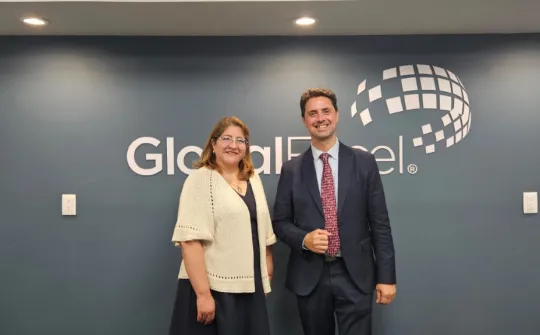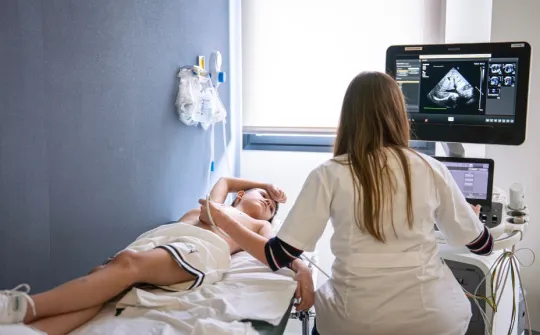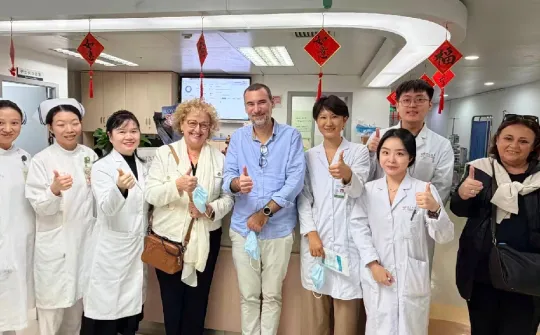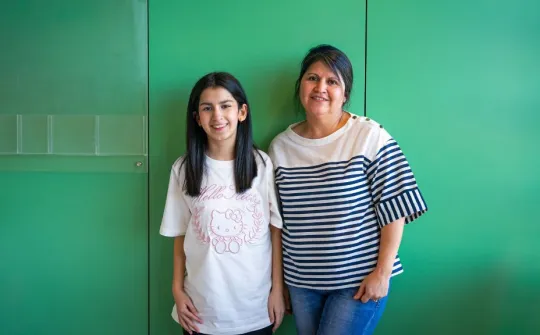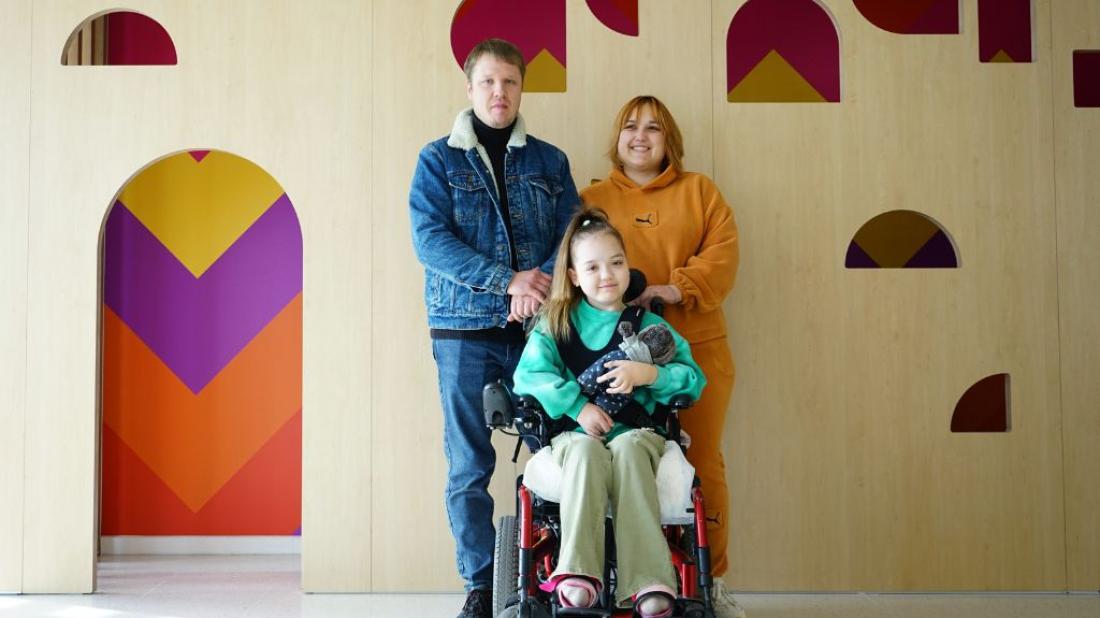
The Orthopedics and Traumatology Department at the SJD Barcelona Children's Hospital performed the operations using the most recent technology available
In one of the mother's ultrasounds during pregnancy, the medical team in Ukraine detected that the child had a limb deformity. Orysia was born in Ukraine in 2016 and was diagnosed with a complex case of Larsen Syndrome: a rare genetic disorder that some children have from birth. This disease affects the structure and development of the bones, causing limb or skeletal abnormalities.
The girl underwent six traumatology operations in Ukraine but did not improve, as doctors there did not detect her cervical deformity. Orysia’s mother comments that the young girl was scared to walk and sit down because she would be in pain. She started to lose weight because she was not eating, so the family began the search for other hospitals.
Another Ukrainian family being treated at the SJD Barcelona Children’s Hospital recommended the centre to them because of its high specialisation in complex pediatric orthopedic surgery and traumatology. They provided the girl’s entire medical history, and after a review by the medical team, they were advised to quickly come to Barcelona. They arrived in 2021, and since then, Orysia has undergone seven operations at the SJD Barcelona Children's Hospital.
New technology is key for improving efficacy and safety in complex operations
The multidisciplinary medical team at the Orthopedics and Traumatology Department at the Hospital performed the operations using cutting-edge technology. The first operation was for her cervical deformity, which was done in two phases: one to extend the neck, and the other to help the neck support the weight of the head. She also underwent a leg operation and a spine operation. On top of that, she has undergone scoliosis surgery, and each year, as she grows, she will require ongoing surgery to her back.
Dr Alejandro Peiró, Pediatric Traumatologist and Orthopedic Surgeon at the SJD Barcelona Children's Hospital explains, ‘When Orysia arrived at our Hospital, she had a very severe, complex cervical deformity, which, having been left untreated, had left her unable to properly move her arms or legs. The patient's age and size of her vertebrae posed a significant challenge. We created a 3D model of her spine to better understand its anatomy and to allow us to plan the operation in advance. After three operations, we were able to correct the deformity and decompress the spine. Now she is able to move around using her wheelchair and can even paint pictures.’
He adds, ‘Each year, the Pediatric Spine Unit at the SJD Barcelona Children's Hospital welcomes high-complexity patients from all over the world. Looking at each case individually, considering the baseline disease or deformity, the needs and expectations of the patient and family… all of this is key to obtaining a good result. Moreover, multidisciplinary care, surgical planning with the help of engineers, and using new technology such as 3D printing and augmented reality navigation systems, are also essential for improving efficacy and safety in these complex operations.’
Orysia’s mother Nastia shared, ‘Thanks to everyone at the Hospital, we have learned how to properly look after our daughter. They have given us so much advice, and we really feel like we have started a new chapter in Orysia’s life. Both we and the healthcare staff have high hopes that our girl will walk one day.’
She adds, ‘Orysia is a strong girl. At first she was very scared, but then she realised that she had to get through this if she wanted to get better.’
